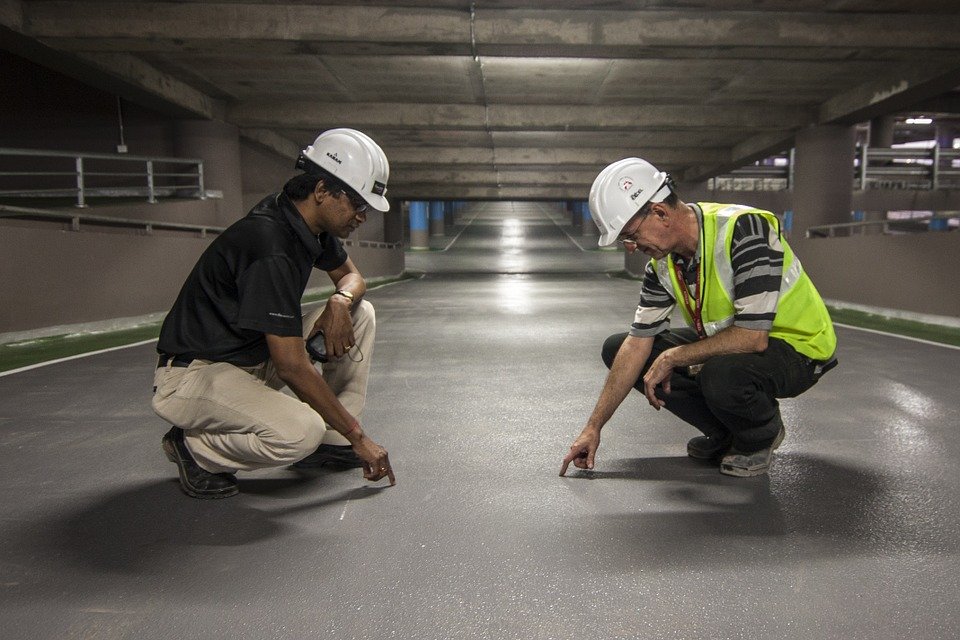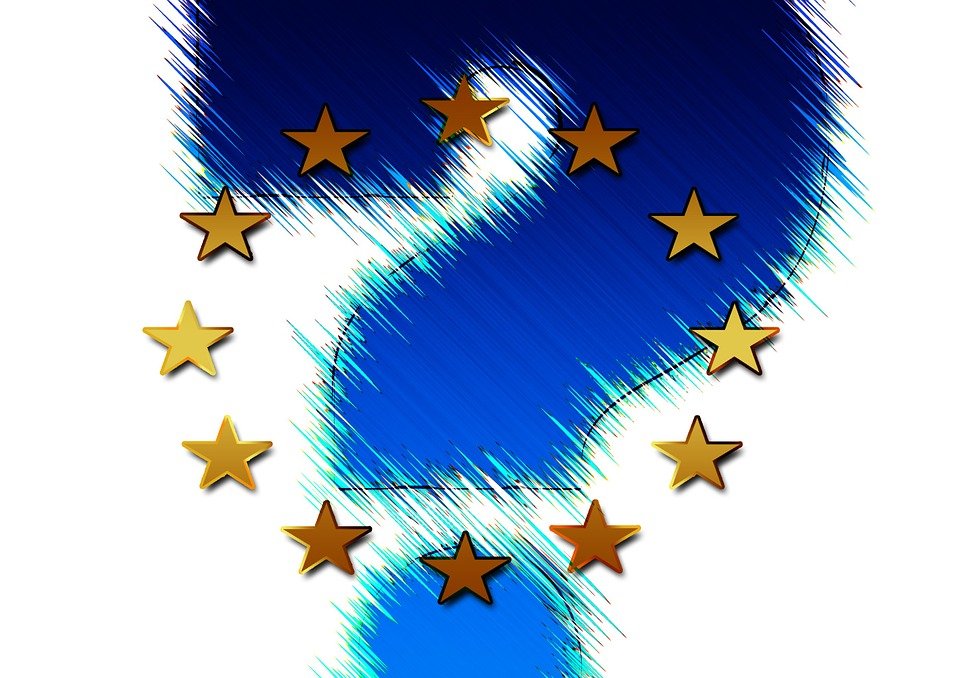Understanding the revised PPE Regulation

By Matthew Judson, Technical Director, JSP
European health and safety legislation on Personal Protective Equipment (PPE) has changed. The new PPE Regulation, which replaces the 25-year-old PPE Directive, has finally been agreed. It will reflect modern ways of bringing PPE to the market as well as changes in technology and production techniques.
The draft text for the new Regulation (EU) 2016/425 was approved by the EU and became official on publication in the OJ (the Official journal of the European Union) on 31 March 2016. The Regulation became law on 21 April, leading directly to all member states having to adopt the legislation.
Full enforcement will take place in April 2018, repealing the old PPE Directive 89/686/EEC after a two-year transition period. After this date, all PPE will have to be certified to the new Regulation.
The Regulation directly affects PPE importers, distributors and retailers, who will have to share responsibility for providing safe and effective products with manufacturers. Anyone in the PPE industry is now legally required to comply with the Regulation.
The rebranding of the current PPE Directive as a Regulation is a significant alteration. A ‘Regulation’ is a binding legislative act. It must be applied in its entirety across the EU, whereas a ‘Directive’ is a legislative act that sets out a goal that all EU countries must achieve. In the past it was up to individual countries to decide how they did this.
Making the legislation international, and thus ensuring all Europeans get safer PPE, is the chief reason the EU has made this change from a Directive to a Regulation.
The changes
All organisations involved with the production, importation, supply, distribution, marketing and sale of PPE will have the same responsibilities as the manufacturer, including getting product approval, making sure it conforms to the Regulation and keeping technical files and records. This will level the playing field between manufacturers and importers, and mean that fewer low-specification and counterfeit products will get into the EU marketplace.
Some products, including all types of hearing protection, will be re-classified from Intermediate (Category 2) to Complex (Category 3), designed to protect against very serious risk, where the hazard is not immediately obvious. This will require EC Type examination plus ongoing surveillance and will get rid of cheap ear defenders. It should also lead to the design of improved products that wearers will look after better and be more prepared to use.
The validity of EC Type examination certificates for all products will be limited to five years. This will have a big impact on end-users, as those in the supply chain will have to continually review their products and produce improved ones. It may reduce counterfeit and illegal products and will remove inferior older products from the market.
All items that could be used on, or with, other manufacturers’ equipment must be examined and certified that they do so safely and effectively, a big advantage for the wearer.
A change in the language requirement could mean that a national authority, for example in Belgium, could contact UK manufacturers direct, not via trading standards as used to be the case, and ask for information in the language they want, such as French or Flemish. It is not just a company’s own national body that could contact manufacturers to ask for information in their own language – it could come from any EU country. This could make life more difficult for manufacturers and especially for importers, but it makes it less likely that substandard PPE can easily be imported.
Conclusions
In general, these revisions to the old Directive will be constructive in helping to protect the health and safety of PPE users. Fly-by-night importers dumping containers full of inadequate PPE will hopefully become a thing of the past, and old, obsolete products will eventually be removed from the market. The design and production of PPE is a competitive and fast-moving market, in which manufacturers continually strive to make improvements and innovations, all of which benefit the user in state-of-the-art products.
The change will be beneficial for safety managers and PPE buyers in that if they source a reputable supplier, they can be confident that their PPE will give them the protection they expect and need, as the products will have gone through all the required steps three times before they buy it. Although the required re-testing and reissuing of certification is expensive for manufacturers and may increase the cost of some PPE for the end-user, the new Regulation can only be a good thing.
Understanding the revised PPE Regulation
By Matthew Judson, Technical Director, JSP European health and safety legislation on Personal Protective Equipment (PPE) has changed. The new
Safety & Health Practitioner
SHP - Health and Safety News, Legislation, PPE, CPD and Resources Related Topics
Inclusivity in PPE: The manufacturer’s perspective
Future-proofing safety: Five trends shaping the PPE landscape of tomorrow
New flexible working legislation – what does it mean?



Does “the validity of EC Type examination certificates for all products will be limited to five years” effectively mean that any item of PPE provided by an employer under this new regulation will have a life of up to 5 years?
No, it means that the certificates/licence allowing a manufacturer to produce their products has to be renewed every 5 years. The lifespan of an individual product is currently still determined by the manufacturer and included in their recommendations. In old school terms it means the licence to display the kite-mark has to be renewed, the recommended life-span of your product remains unchanged
That’s a very important question!
Oh the sooner we depart this failing european system the better, so much needles beurocracy over ppe, more paperwork more administration more interference
Because I simply can’t wait for the re-introduction of neonicotinoid pesticides to kill our bees, unlabelled GMOs introduced into our food chain, the reduction of food labelling standards enabling customers to make informed choices over what “chemicals” they ingest along with their food, more ‘modified corn syrup’ in your food to enable the manufacturer to give it a “reduced sugar” label, less consumer protection for water supplies polluted by fracking, not having to wait for 27 other countries to agree before signing TTIP or similar trade agreements with the ISDS component included (you know, that bit that holds governments financially… Read more »
How will the Personal Protective Equipment at Work Regulations 1992 be affected?
you mean the 2002 regulations ?
2 different regulations, PPE at work 1992 applies only to PPE issued by your employer, the PPE Regs 2002 applies to all PPE e.g. Motorcycle helmets, climbing helmets, life vests, ear plugs, knee pads (gardening or other), protective gloves (leisure, domestic or professional) etc. All protective equipment will have to conform to one standard whichever context it’s used in. It would seem that the biggest changes will be to testing, inspection and certification of products rather than a duty to provide PPE in the first place (after collective risk control measures have been applied)
As an end user am I still ok to split a box of masks to vending or do they all need to have the user instructions per mask?